
Elaeis guineensis - Plant
(MRP Inclusive of all taxes)
- Shipping ₹79 for entire order
- Dispatch in 7 days
- Country of origin: India

(MRP Inclusive of all taxes)
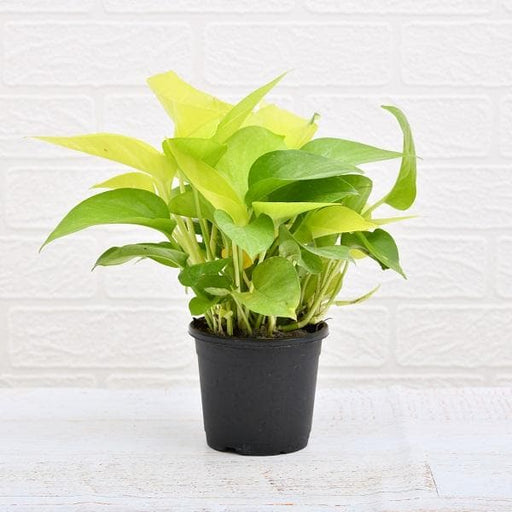 Save 29%
Save 29%
Air Purifier Money Plant with Pot The Air Purifier Money Plant, also known as Pothos or Epipremnum aureum, is a stunning indoor plant that...
View full details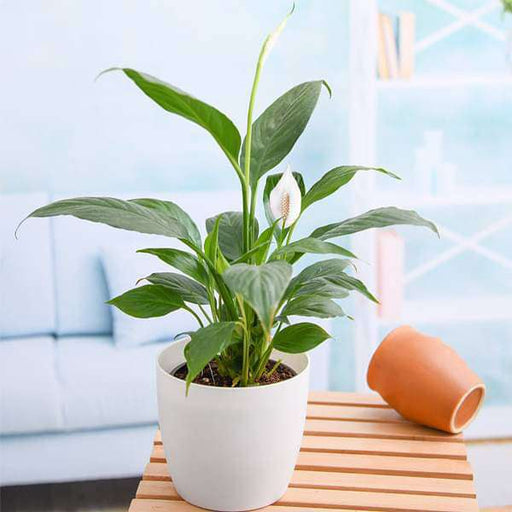
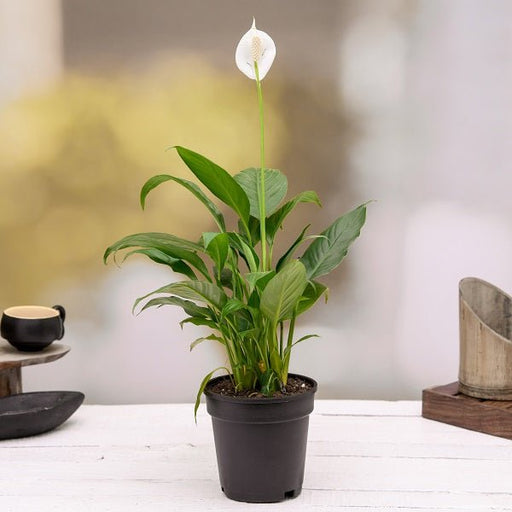 Save up to 15%
Save up to 15%
Peace Lily, Spathiphyllum - Plant The Peace Lily, scientifically known as Spathiphyllum, is a stunning houseplant celebrated for its elegant white...
View full details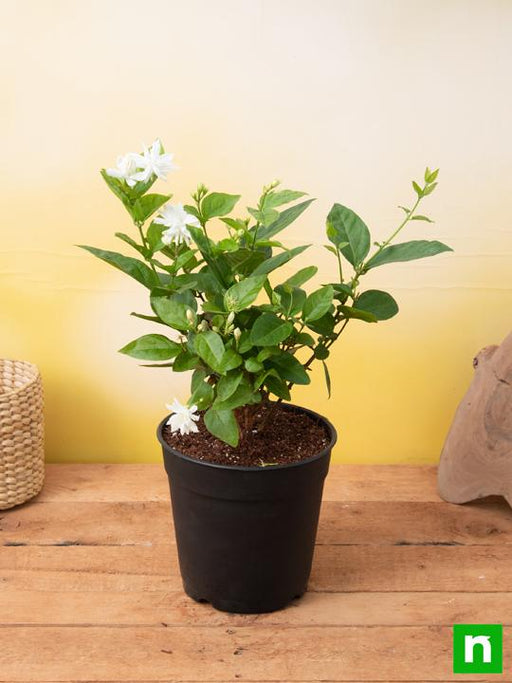
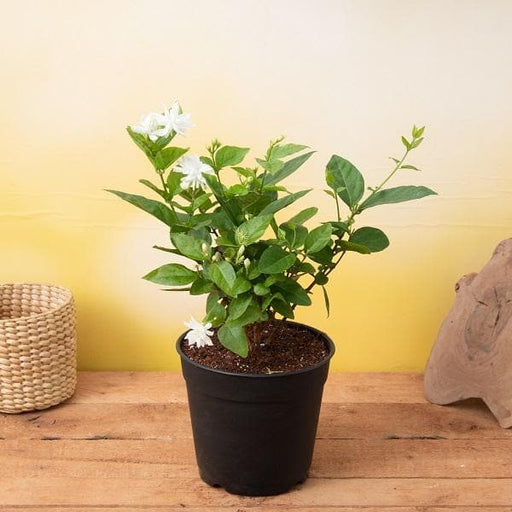 Save 25%
Save 25%
Jasminum sambac, Mogra, Arabian Jasmine - Plant Jasminum sambac, commonly known as Mogra or Arabian Jasmine, is a fragrant flowering plant...
View full details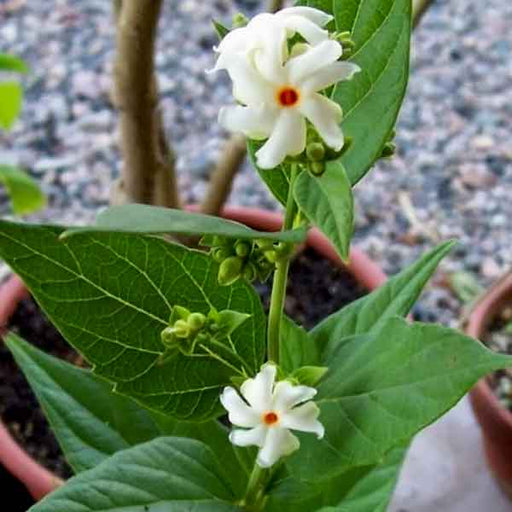
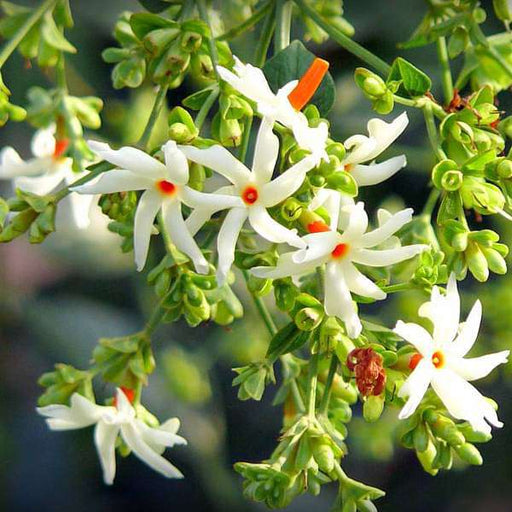 Save 18%
Save 18%
Combo Constituents Includes the Parijat Tree (Night-Flowering Jasmine), a culturally significant plant with fragrant flowers. Description The Pari...
View full details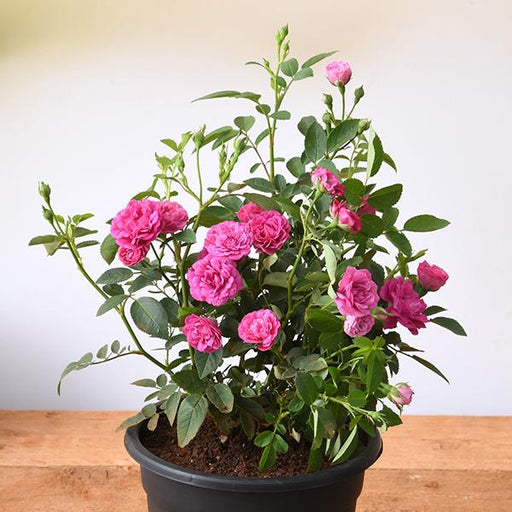
 Save 25%
Save 25%
Miniature Rose, Button Rose (Any Color) - Plant The Miniature Rose, also known as the Button Rose, is a charming and compact flowering plant that ...
View full details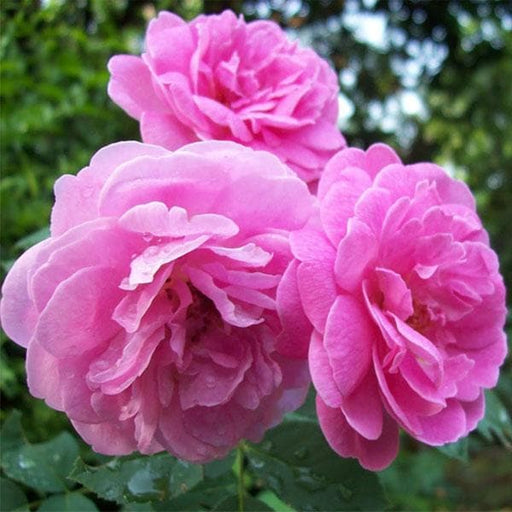 Save 25%
Save 25%
Damascus Rose, Scented Rose (Any Color) - Plant The Damascus Rose, also known as Rosa damascena, is a timeless symbol of beauty and romanc...
View full details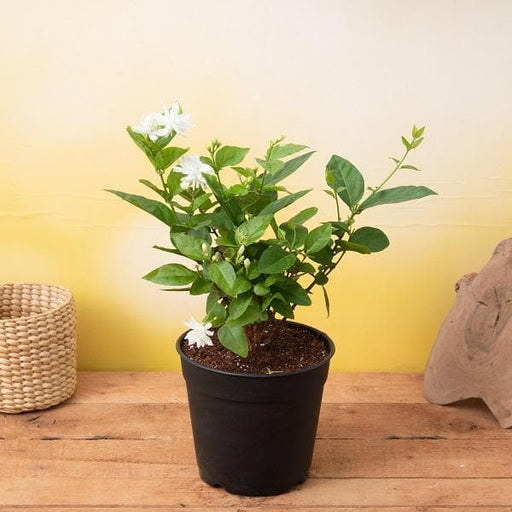
 Save 17%
Save 17%
Beautiful Fragrant Mogra, Arabian Jasmine Plant with Pot The Beautiful Fragrant Mogra, also known as Arabian Jasmine (Jasminum sambac), is...
View full details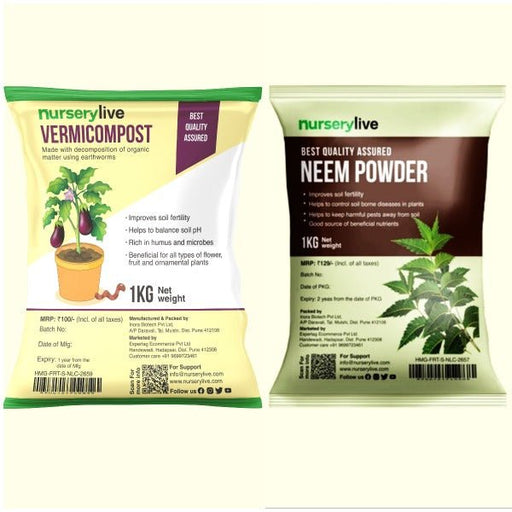 Save 15%
Save 15%
Pack of Vermicompost and Neem Cake for House Plants Transform your indoor garden with our premium Pack of Vermicompost and Neem Cake, spec...
View full details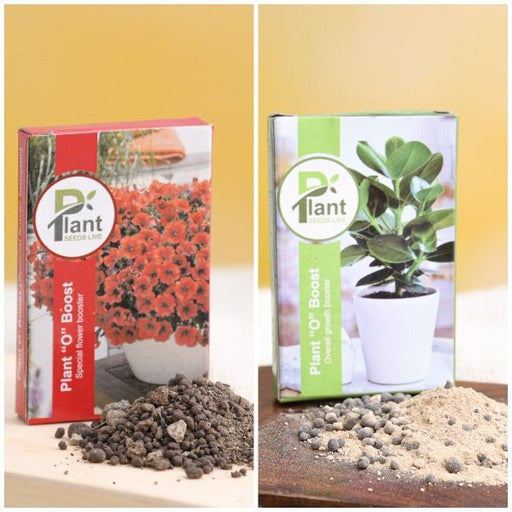
Pack of Plant Growth and Flower Boosters Unlock the full potential of your garden with our Pack of Plant Growth and Flower Boosters! This ...
View full details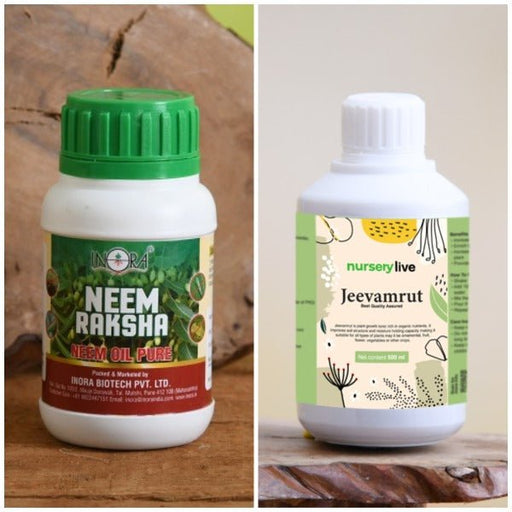 Save 38%
Save 38%
Combo of Jeevamrut and Neem Raksha for Easy Growth and Protection of Houseplants Transform your indoor garden with our exclusive combo of ...
View full details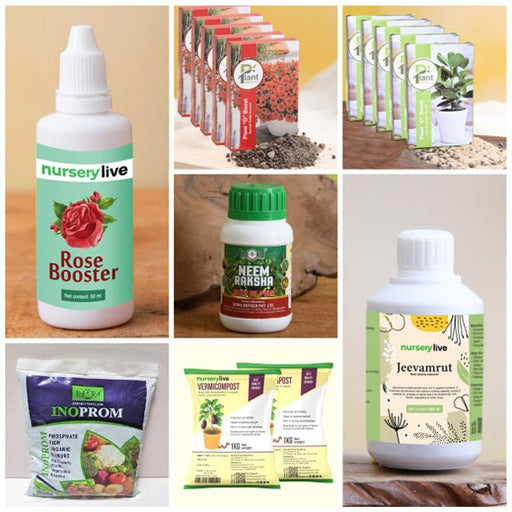 Save 22%
Save 22%
Plant Nutrients Kit (Pack of 16) for a Healthy Garden Transform your garden into a lush paradise with our Plant Nutrients Kit, featuring 1...
View full details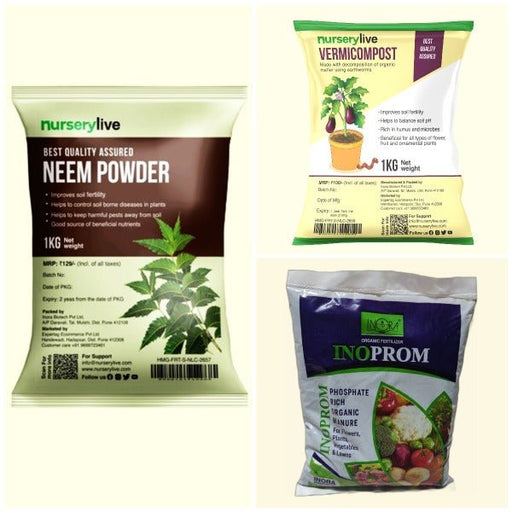 Save 16%
Save 16%
Combo of Top Plant Fertilizers Elevate your gardening game with our exclusive Combo of Top Plant Fertilizers, featuring two bags of premiu...
View full details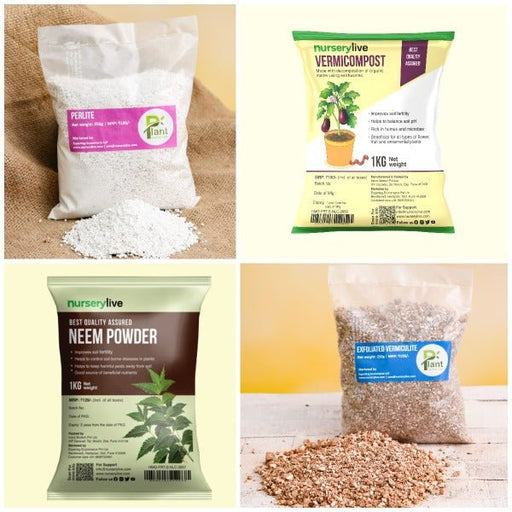 Save 24%
Save 24%
Pack of 4 Additives to Make Soil Healthy and Nutrient Rich Transform your garden into a thriving ecosystem with our Pack of 4 Additives de...
View full details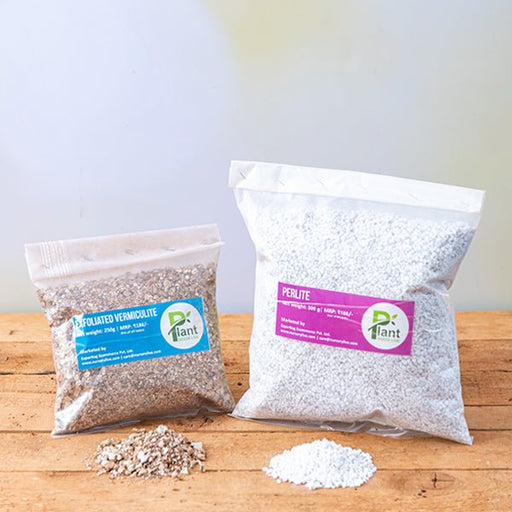 Save 30%
Save 30%
Transform your gardening experience with our premium Combo of Perlite and Vermiculite. This unique blend is designed to enhance soil aeration and ...
View full details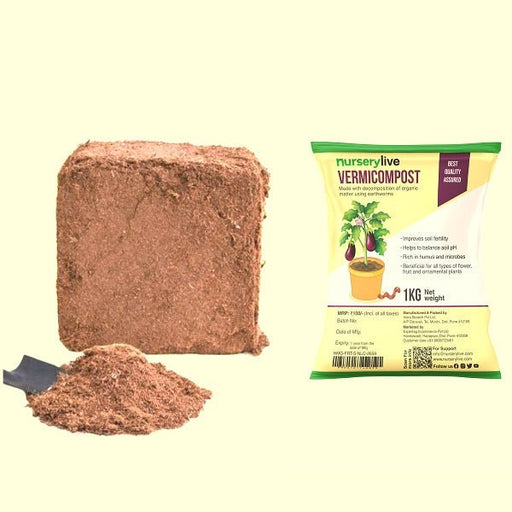 Save 27%
Save 27%
Combo of 2 Vermicompost and Cocopeat - Enrich Your Soil Naturally! Transform your garden into a thriving ecosystem with our Combo of 2 Ver...
View full details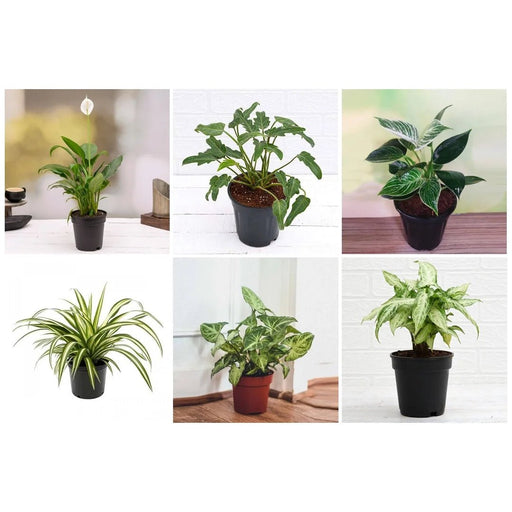
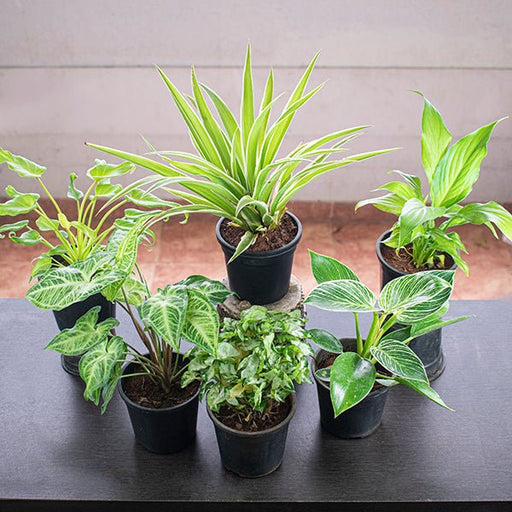 Save 35%
Save 35%
Best 6 Plants for Perfect Indoor Garden Transform your living space into a lush oasis with our curated collection of the Best 6 Plants for a...
View full details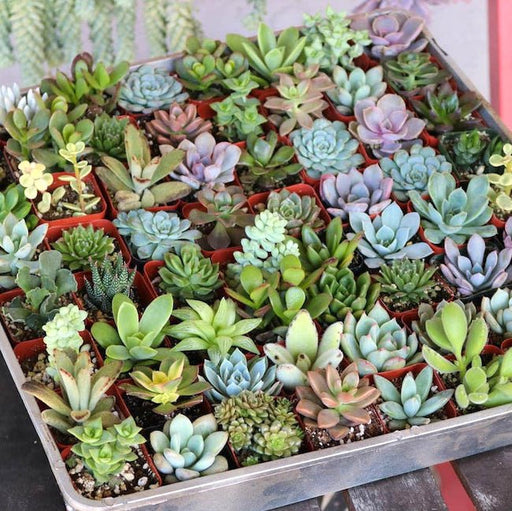
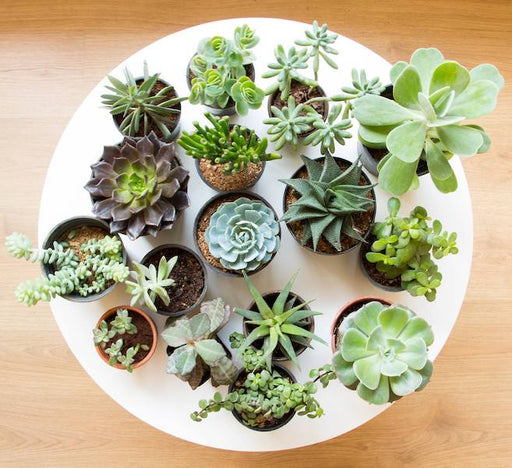 Save up to 50%
Save up to 50%
Mini Succulent Garden Pack Transform your space with our Mini Succulent Garden Pack, featuring a delightful collection of 4 any variety beautiful s...
View full details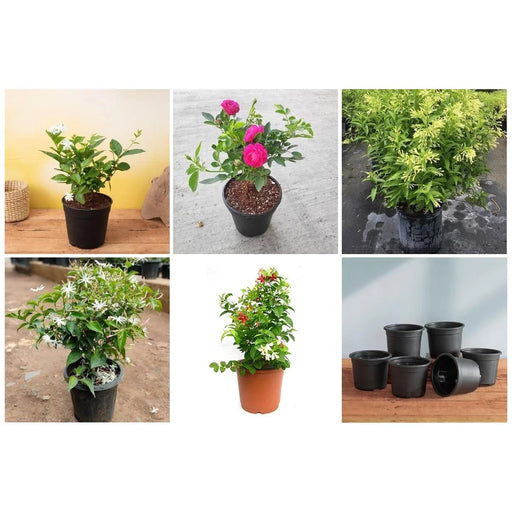
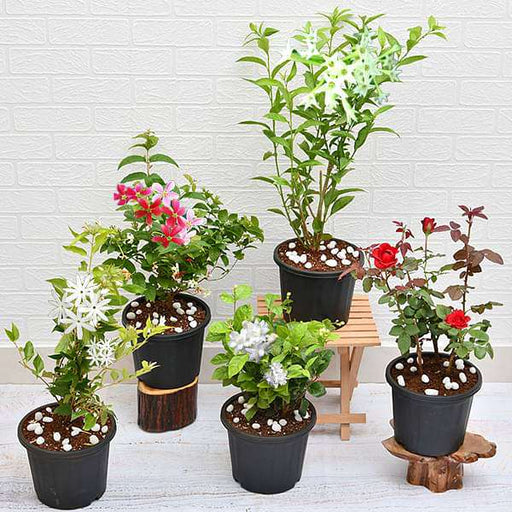 Save 30%
Save 30%
5 Best Fragrant Plants Transform your garden or indoor space into a fragrant paradise with our curated selection of the 5 Best Fragrant Plants. Th...
View full details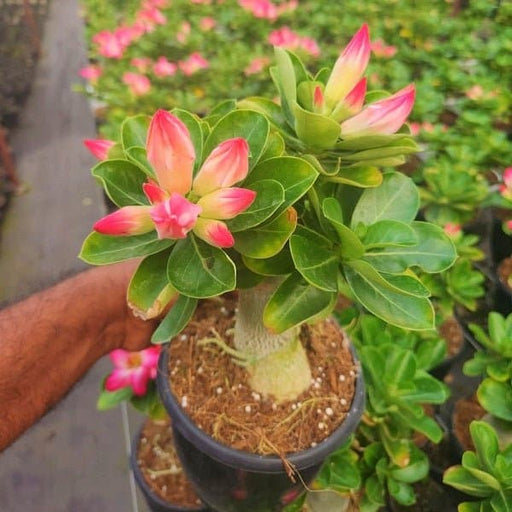
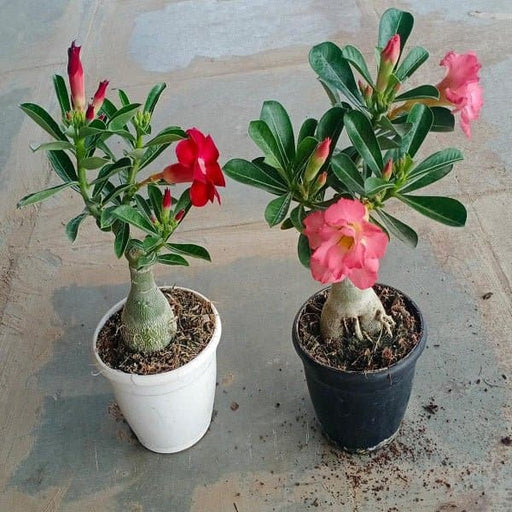 Save 24%
Save 24%
Set of 2 Bonsai Looking Grafted Adeniums Transform your indoor or outdoor space with our exquisite Set of 2 Bonsai Looking Grafted Adenium...
View full details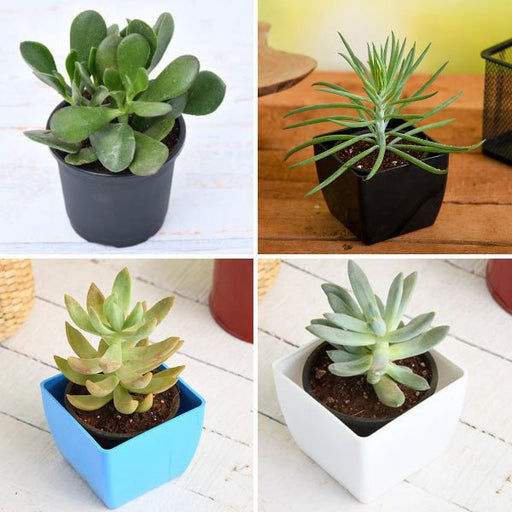 Save 45%
Save 45%
Top 4 Die Hard Succulents Pack Transform your indoor or outdoor space with our Top 4 Die Hard Succulents Pack, featuring a curated selecti...
View full details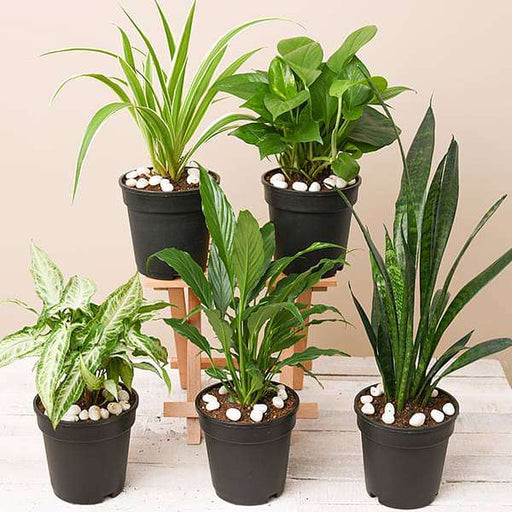
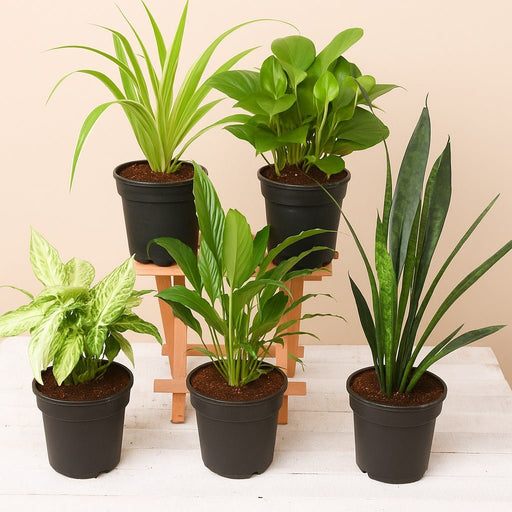 Save 30%
Save 30%
5 Best Indoor Plants Pack Transform your living space into a lush oasis with our '5 Best Indoor Plants Pack.' This carefully curated collection fe...
View full details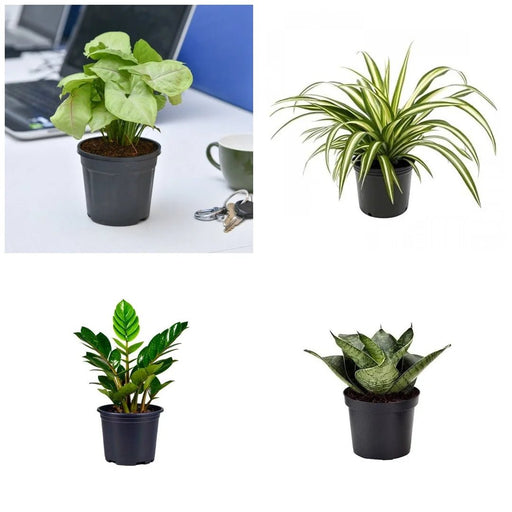
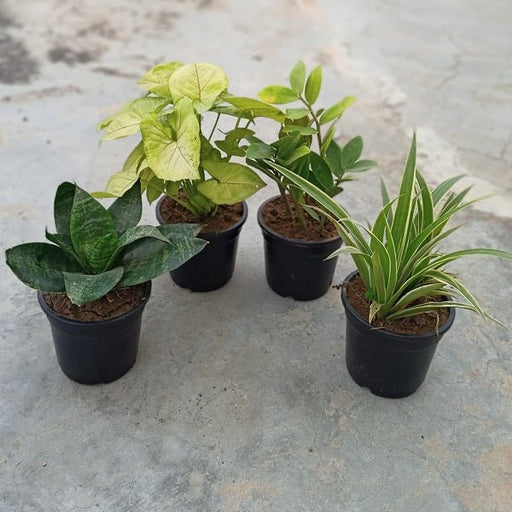 Save 25%
Save 25%
Set of 4 Evergreen Air Purifier Plant Pack Transform your indoor space into a lush, green oasis with our Set of 4 Evergreen Air Purifier Pla...
View full details| SrNo | Item Name |
|---|---|
| 1 | Elaeis guineensis - Plant |
Elaeis guineensis, commonly known as the African Oil Palm, is a tropical tree native to West Africa. Renowned for its high oil yield, this versatile plant is a cornerstone of the global palm oil industry. With its striking feather-like fronds and robust trunk, it not only enhances landscapes but also plays a crucial role in sustainable agriculture when managed responsibly.
This remarkable plant is special due to its ability to produce palm oil, a key ingredient in numerous food products, cosmetics, and biofuels. Its cultivation supports local economies and provides livelihoods for millions. However, it is essential to promote sustainable practices to mitigate environmental impacts associated with deforestation and habitat loss.
One of the standout features of Elaeis guineensis is its rapid growth rate, reaching heights of up to 20 meters. The tree produces fruit clusters that yield oil within just 3-4 years of planting, making it an economically viable crop. Additionally, its deep root system helps prevent soil erosion, contributing positively to the environment.
If you think growing a palm tree is as easy as planting a seed and waiting for a tropical vacation, think again! Cultivating Elaeis guineensis, or the oil palm, requires a bit of finesse. This palm tree thrives in humid, tropical climates, so unless you’re planning to turn your backyard into a rainforest, you might want to consider a greenhouse. With proper care, you’ll be rewarded with a bountiful harvest of fruit that can be turned into palm oil, the culinary superstar of the tropics. Just remember, patience is key—these trees don’t grow overnight, but when they do, they’ll have you feeling like a palm tree whisperer!
Let’s talk about the perks of having Elaeis guineensis in your life. First off, it’s a cash crop that can make your wallet sing! The oil extracted from its fruit is used in everything from cooking to cosmetics. Plus, it’s a sustainable option when managed correctly. Who knew that a tree could be so versatile? Not only does it provide economic benefits, but it also plays a role in carbon sequestration. So, while you’re enjoying your palm oil-infused snacks, you can pat yourself on the back for being eco-friendly. It’s a win-win situation!
Ah, the art of palm oil production! It’s not just about squeezing fruit and hoping for the best. This process involves careful harvesting, extraction, and refining to ensure that the oil is of the highest quality. The oil palm can produce more oil per hectare than any other crop, making it a superstar in the agricultural world. But beware, the production process can be a double-edged sword if not managed sustainably. So, if you’re diving into the world of palm oil, make sure you’re doing it with a green heart and a sustainable plan!
it’s not just about the oil; it’s about the planet too. Go green or go home!
Caring for your Elaeis guineensis is like raising a child—lots of love, attention, and the occasional tantrum (or pest problem). These trees need the right balance of sunlight, water, and nutrients to thrive. Regular pruning and pest control are essential to keep your palm looking its best. And don’t forget about fertilization! A well-fed palm is a happy palm. So, roll up your sleeves and get ready to pamper your tree. After all, a little TLC goes a long way in the world of palm care!
Harvesting Elaeis guineensis fruit is not for the faint of heart. It’s a bit like a high-stakes game of fruit ninja, but with a ladder and a machete. The fruit grows in bunches, and when they’re ripe, it’s time to climb up and get to work. Timing is everything; wait too long, and you’ll miss the sweet spot. Once harvested, the fruit is sent for processing, where it transforms into the liquid gold we all know and love. So, if you’re up for the challenge, grab your gear and get ready to harvest like a pro!
The uses of palm oil are as diverse as a buffet at a tropical resort. From cooking oil to biodiesel, this versatile ingredient is a staple in many households. It’s also found in cosmetics, soaps, and even candles. Who knew that a humble fruit could have such a glamorous life? But with great power comes great responsibility, so it’s essential to choose sustainably sourced palm oil. That way, you can enjoy your favorite products while keeping Mother Earth happy. Talk about multitasking!
Pests can be the uninvited guests at your Elaeis guineensis party, but fear not! Effective pest management is here to save the day. Integrated pest management (IPM) combines biological, cultural, and chemical methods to keep those pesky critters at bay. Think of it as a superhero team-up for your palm trees. By monitoring pest populations and using eco-friendly solutions, you can protect your precious palms without resorting to harmful chemicals. So, suit up and get ready to defend your oil palms like a true guardian of the grove!
Climate is the ultimate diva when it comes to growing Elaeis guineensis. These trees love warm, humid conditions, but too much of a good thing can lead to problems. Rising temperatures and erratic rainfall patterns can affect growth and yield. It’s like trying to dance in a rainstorm—sometimes you just can’t keep your footing! Understanding the climate’s impact on oil palms is crucial for farmers looking to adapt and thrive. So, keep an eye on the weather and be ready to adjust your farming practices accordingly. After all, it’s all about staying in sync with Mother Nature!
The economic importance of Elaeis guineensis is nothing short of staggering. This palm tree is a cash cow for many tropical countries, providing jobs and income for millions. The global demand for palm oil continues to rise, making it a key player in the agricultural market. But with great economic power comes great responsibility. Sustainable practices are essential to ensure that this lucrative industry doesn’t come at the expense of the environment. So, if you’re looking to invest in palm oil, remember to keep your ethical compass pointed in the right direction!
If you haven’t cooked with palm oil yet, you’re missing out on a culinary adventure! This oil adds a unique flavor and vibrant color to dishes, making it a favorite in many cuisines, especially in Africa and Southeast Asia. From savory stews to fried snacks, palm oil is the secret ingredient that can elevate your cooking game. Plus, it’s rich in vitamins and antioxidants, so you can feel good about indulging. Just remember to use it in moderation—after all, even the best things in life are best enjoyed in balance!
Elaeis guineensis, commonly known as the oil palm, is a tropical tree native to West Africa. It’s the superstar behind palm oil, the culinary villain and hero of many dishes. This plant can grow up to 20 meters tall, making it the tall drink of water in the plant world!
This palm thrives in humid, tropical climates, soaking up the sun like a beachgoer. It prefers well-drained soil and can grow in various conditions, but it’s a diva when it comes to water—too much or too little, and it’ll throw a tantrum!
Besides being the life of the cooking party with its oil, Elaeis guineensis is also used in cosmetics, biofuels, and even animal feed. It’s like the Swiss Army knife of plants—versatile and always ready to lend a hand (or leaf)!
Ah, the million-dollar question! While it provides economic benefits, its cultivation can lead to deforestation and habitat loss. So, it’s a bit of a double-edged sword—great for your kitchen but not so great for the rainforest!
Palm oil extraction is a bit like squeezing juice from an orange, but with a lot more machinery and less mess. The fruit is harvested, steamed, and pressed to release the oil, which is then refined. Voilà, liquid gold!
Palm oil is rich in vitamins A and E, making it a skin-loving oil. It’s also a source of healthy fats, but moderation is key—too much, and you might find yourself in a slippery situation!
Elaeis guineensis can be grown in pots, but it’s a big plant with big dreams. Make sure you have enough space and sunlight, or it might just sulk in the corner!
Like any diva, Elaeis guineensis has its share of admirers and detractors. Common pests include the oil palm weevil and leaf-eating caterpillars. Keep an eye out, or your palm might end up looking like it’s been through a rough night!
This palm can live for about 25 to 30 years, which is quite a long time in the plant world. With proper care, it can keep producing fruit and oil, making it the reliable friend you never knew you needed!
Elaeis guineensis is a cash cow for many countries, especially in Southeast Asia. It provides jobs and boosts economies, but it’s also a hot topic in discussions about sustainability and ethical farming practices. It’s a complex relationship!
While it’s a tough cookie, Elaeis guineensis isn’t invincible. It can fall prey to diseases like Ganoderma and bud rot. Regular monitoring and good agricultural practices can help keep it healthy and thriving!
You can find Elaeis guineensis plants at specialized nurseries or online plant retailers. Just make sure you’re ready for a tropical adventure, as this plant prefers warm climates and plenty of sunshine!